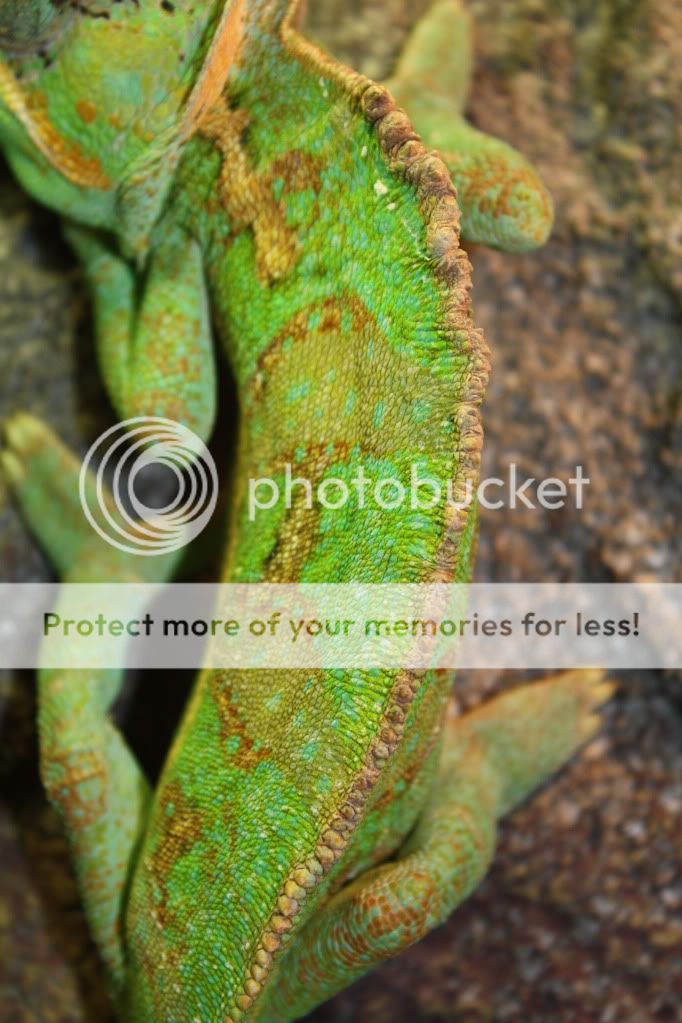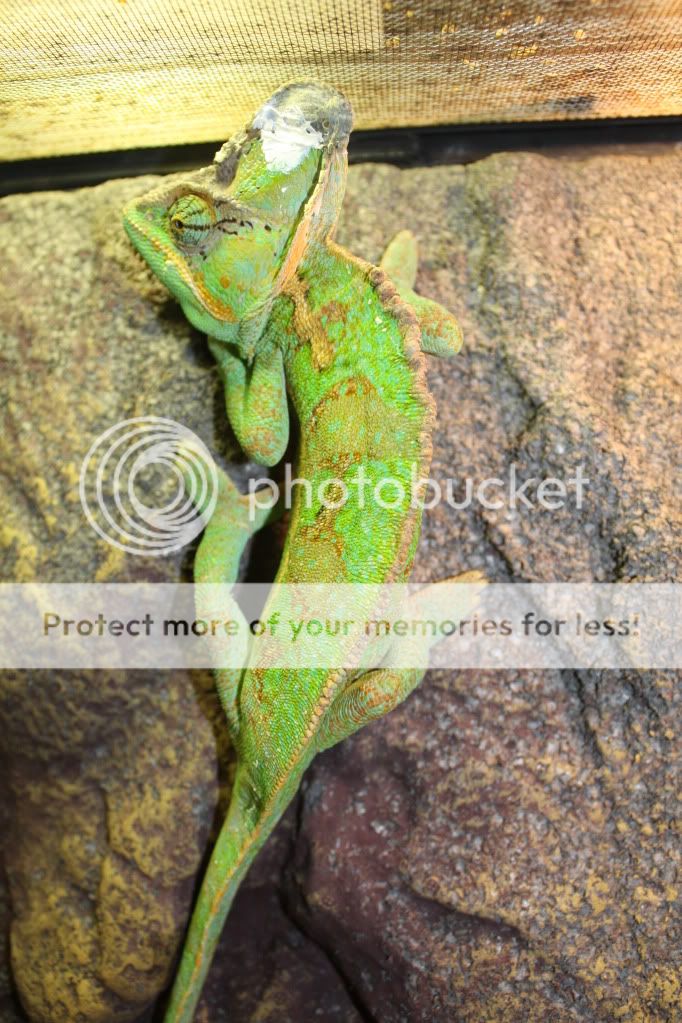Hi All,
My friend has asked me to look at his chameleon tonight as he has a 'problem' with it!
I went round to see it and his chameleon has a large hole through the top of his casque and the top part of the casque looks like its rotting away!!!
I have had chams for years but never seen this before....its looks like a type of necrosis but what could the cause be.......mites etc
I have advised vets, change bulbs, clean viv etc etc but I would everyones thought as to what the hell is wrong with this cham
Cheers
Dave
My friend has asked me to look at his chameleon tonight as he has a 'problem' with it!
I went round to see it and his chameleon has a large hole through the top of his casque and the top part of the casque looks like its rotting away!!!
I have had chams for years but never seen this before....its looks like a type of necrosis but what could the cause be.......mites etc
I have advised vets, change bulbs, clean viv etc etc but I would everyones thought as to what the hell is wrong with this cham
Cheers
Dave











